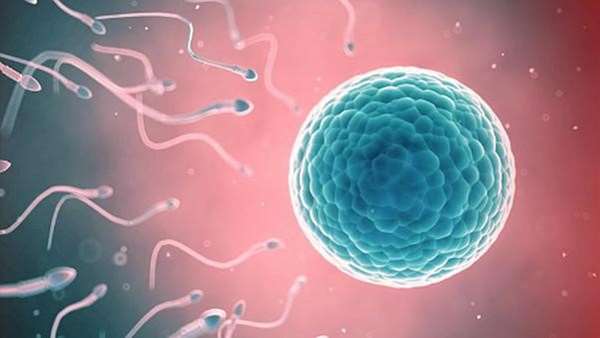Blastocyst development after fertilization with in vitro spermatids derived from nonhuman primate embryonic stem cells
Male infertility is a global health issue, with some investigators raising concerns about a “sperm crisis” (1). Currently, approximately 15% of couples worldwide and approximately 12% of men in the United States are subfertile or infertile (2, 3, 4). The causes of male infertility include genetic defects, environmental toxicants, injuries, or medical treatments such as alkylating chemotherapies, which almost always result in sterility, especially in men (5, 6, 7, 8, 9). Regardless of the root cause, men who are unable to produce gametes useful in assisted reproductive technology are unable to father a child because no cures currently exist to treat their infertility.
Recent work by several laboratories, including our own, has demonstrated the ability to differentiate human pluripotent stem cells (hPSCs), including human embryonic stem cells (hESCs), and human induced pluripotent stem cells (hiPSCs) into germ cell lineages (10, 11, 12, 13, 14, 15). Some of these impactful studies have demonstrated the production of spermatogonia-like cells, primary and secondary spermatocyte-like cells, and haploid spermatid-like cells (10, 15). However, the “gold standard” (16) for producing functional gametes that could fertilize an oocyte could not be assessed in these studies because of ethical and legal concerns. Previous work in rodents has demonstrated the ability to produce live offspring from sperm cells generated by testicular grafts with primordial germ cells derived from mouse embryonic stem cells (11). Additionally, complete meiosis from differentiating mouse embryonic stem cells has been achieved (17). However, distinct biologic and kinetic differences between rodents and humans (18, 19) may prevent these exciting developments from being translated to humans. To test whether functional gametes can be derived in vitro from pluripotent stem cells, we used a system more relevant to humans: the nonhuman primate (NHP), rhesus macaque model. Unlike rodents, NHPs such as rhesus macaques share similar biologic mechanisms to human spermatogenesis, fertilization, early embryo, and fetal development (18, 19). Spermatogenesis in NHPs is also more kinetically similar to humans than rodents. Fertilization is also different in rodents vs. primates in that fertilization requires paternal centriole inheritance in both NHPs and humans but not in rodents (20, 21, 22). Taken together, the NHP models of spermatogenesis are more similar to humans than rodent models and, thus, represent an ideal and necessary model for exploring stem cell-based therapies for male infertility. In this study, to our knowledge, we demonstrate for the first time that male NHP pluripotent stem cells can differentiate into functional gametes that can fertilize NHP oocytes and develop to the blastocyst stage in vitro.
This work demonstrates that rSLCs, generated in vitro from primate pluripotent stem cells, mimic many of the capabilities of in vivo round spermatids and perform events essential for preimplantation development. To our knowledge, this work represents, for the first time, that functional spermatid-like cells can be derived in vitro from primate pluripotent stem cells.
Ref:https://www.sciencedirect.com/science/article/pii/S2666335X21000665




ارسال به دوستان